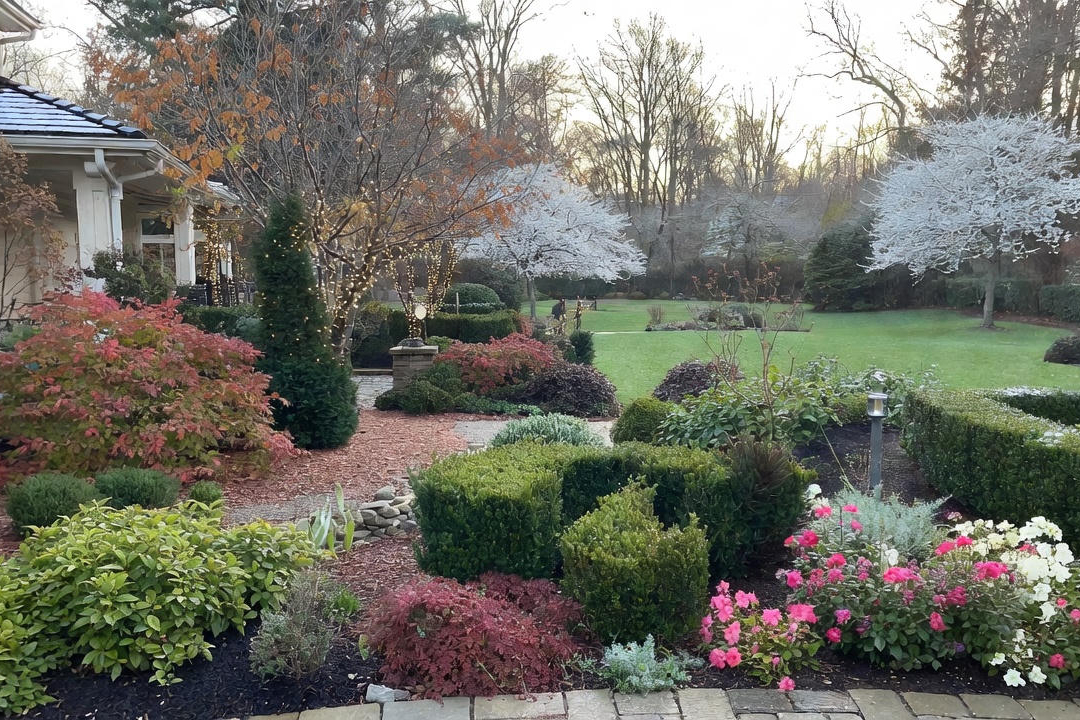
Ornamental grasses have been popular in home landscapes for some time now, mostly because of their ability to handle cold winters and how they add desirable texture to the home garden. These grasses are low-maintenance, only requiring to be cut back in late winter or early spring, and they don’t need fertilizers or amendments as they are usually extremely drought-tolerant. Ornamental grasses are terrific on slopes or for erosion, and can stabilize soil for many feet around and below where they are planted.
Where/When/How:
Plant perennial grasses in full sun with plenty of room around them for growth (there are a few exceptions that can handle shade, like reed grass, moor grass, and liriope). Plant in the springtime so they have time to sink in their roots throughout the summer and prepare for the winter weather.
Try these grasses in your yard:
Little Bluestem is a native plant with blue-green, upright foliage that maxes out at 24 inches. In Autumn, it turns a lovely brown-red, creating a beautiful and beneficial addition to your yard.

Prairie Dropseed is a finely textured, low mound of grass that has pretty panicles of flowers that give off a very peculiar fragrance. Some say popcorn, others say cilantro. It is a very tough and well-behaved plant for the Autumn season.

Switchgrass is a very upright grower, reaching up to 5 feet, with red/purple seed heads on yellow foliage. They make excellent winter interest too!

Hakonechloa is a bamboo-like, low growing mound with colors varying between bright yellow or yellow/green. It grows best in evenly moist, well-drained soils between hostas and hydrangeas.





.jpg)

.jpg)